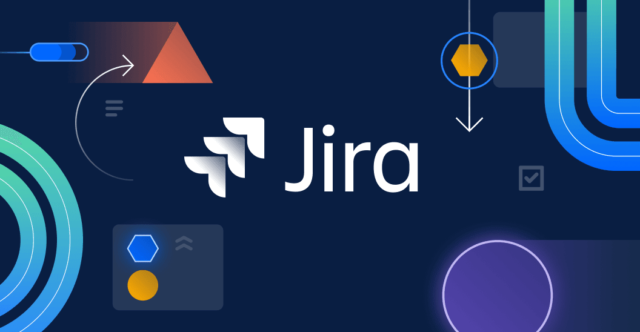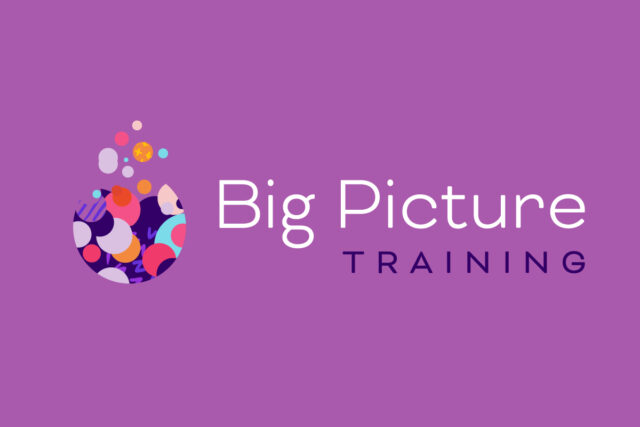
The project management world is constantly evolving, not only when it comes to methodologies (Waterfall, Agile, Scrum, EP, etc.), but also tools. Every project manager knows that to do the job well you need to spend a lot of time making sure, that all the necessary data is recorded correctly and available to every team member. The real kicker though is in how the tool handles the essential details.
Why managing projects with BigPicture and Jira is the future?
It all began many years ago with Microsoft Project taking the stage and becoming the most-known software for project management. Every young PM knew that learning MSP was one of the requirements for a successful career. And even though MSP has been growing throughout the years, it stays competitive in a very narrow application, and on top of that, it’s very expensive, according to many customers.
The world has moved forward and today, in my opinion, there are better, cheaper, and more functional alternatives.
Jira environment popularity

I want to focus on Jira (Atlassian) environment today because it’s currently the most popular software when it comes to handling your company processes and workflows. More than 100 000 companies are working with Jira already, and the number just keeps growing. The tool itself is evolving and providing more and more functionality with every new release, contributing heavily to the ease of use and flexibility of the tool. On top of all of this, it also has an ecosystem of Apps, which extend its use cases almost to infinity. That’s why so many users love it.
Tools for Project Management in Jira

Jira itself is a half-decent project management environment, usually enough for startups and small companies. But bigger enterprises need a bit more in regards to managing resources, WBS, risks, reporting, and goal planning. That’s why several highly-appreciated Apps help project managers and their teams get the job done. Some of the best and most popular ones are:
- BigPicture
- Structure
- Tempo Planner
- Advanced Roadmaps
- WBS Gantt
I have experience with all of them because we work with all PMO tools in the Atlassian ecosystem, and I believe that there is a strong winner in the race to the top here. BigPicture takes the spotlight as the best, most flexible, and loved tool out of all of them.
Why does BigPicture overshadow its competition?

There are many reasons and each and every single one of them is very important. I’ll just go ahead and list them here for you.
- Created by a team that is passionate about project management, certified in many different methodologies, and cares about its customers.
- Adaptable to many different project management styles. Waterfall? No problem, a beautiful Gantt chart is waiting for you. Agile? You’re covered with a Board module. Hybrid? Also doable with several features designed specifically for this.
- Resource management included – you don’t need any additional tools to manage your resources. It’s included and quite robust.
- Many different reporting capabilities – are very important for every tool of this magnitude.
- Allows you to get the most out of your projects with objective-based planning.
- Attractive visually with all the important information visible and complexity on demand.
- Allows you to work with Alternative Scenarios to find the best layout of the project plan before you commit.
- Synchronizes with your Jira data, giving you instant reporting which is super-helpful.
- Thanks to notifications and accessibility, BigPicture makes sure that your project collaboration flourishes and everyone knows what to do and when.
- The calendar view is a cherry on top for those that prefer to work in an outlook-like environment.
BigPicture training is something to consider

Another important thing is that implementing the tool is not as hard as with many others. It usually takes 5-10 days and you’re done. The tool is configured, you have templates to work with, reports just waiting for project data, and users are trained.
But moving to a new project management environment is always a challenge. You need to consider the natural barriers to the change process and user adoption. That’s why it’s better to leave it to the pros. There are 2 areas that you should consider here.
- BigPicture training available at Geniusgecko.com– this is the minimal requirement for a successful implementation in my opinion. Most likely you’ll have one chance to get it right, so it’s better to learn the tool before you attempt to configure it for your projects.
- BigPicture implementation – I do recommend this one though. It’s not a big difference in costs, but a huge help and a lot less responsibility on your side. Get someone to help you go through the whole implementation process so that you and your company can get the most out of the tool. It’s an investment that helps you save a lot of time and money in the long run.
After a short and well-designed implementation, you’ll be able to enjoy all the benefits listed earlier and forget about all the other project management tools. If you’re not sure if the tool is right for you, at least book a demo and see what it has to offer. I’m sure that you’ll be surprised!













